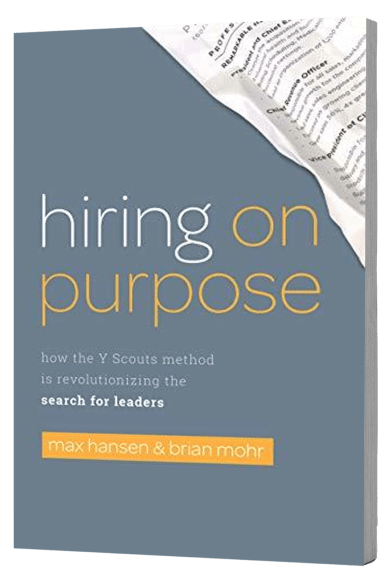Many companies today still rely on outdated approaches to hiring leadership talent. They post job openings, sift through resumes, and try to find someone to fill an immediate need. But this reactive approach is no longer sufficient for attracting and securing the best leaders.
Here are 10 key reasons your leadership hiring practices need to get with the times:
Table of Contents
Toggle1. Stop Depending on Job Postings to Find Great Leaders
Exceptional leadership candidates don’t find their next roles by browsing job boards. They get recruited directly based on their reputation and capabilities. If your main talent sources are postings and resumes, you’re missing out on the best out there.
2. Understand That Talent Now Has the Leverage
With low unemployment and a war for talent, power has shifted to the candidates. Like it or not, you have to work harder to get their attention and win them over. Don’t assume they’re eagerly awaiting your job posting.
3. Invest More in Proactive Relationship Building
To have a shot at landing a great leader when you need one, you need to already have relationships with high-potential candidates. This means dedicating internal resources to networking, maintaining talent pipelines, and constant outreach.
4. Rethink the Long Job Description
Those exhaustive lists of required skills and responsibilities are more likely to turn off A-players than get them excited. Refocus JDs on concise overviews of the most crucial outcomes.
5. Involve More Stakeholders in Defining the Role
Too often, the specs for a leadership role are dictated by just one or two executives. Tap into more sources, like team members and customers, to get a comprehensive view of the role’s most vital areas of impact.
6. Don’t Rush to Fill the Open Position
When an executive gives notice, the instinct is to scramble to replace them ASAP. Instead, use the transition period to thoughtfully reassess what the role really needs going forward.
7. Look Beyond Your Industry
Pigeon-holing your leadership search within your current industry can blind you to game-changing candidates from other sectors whose skills would transfer well.
8. Hire for the Future, Not the Past
Just looking for someone to fill the gaps of the previous leader leads to recruiting based on rearview mirror criteria. Project your vision for where the role needs to go.
9. Don’t Assume Your Top Talent Can Lead
A stellar individual contributor does not automatically make an effective leader. Assess candidates specifically for leadership and management competencies.
10. Seek Diversity of Thought and Experience
Avoid gravitating to candidates just like you and other leaders. Prioritize diversity of perspective to get the benefits of cognitive variety.
Conclusion
The war for leadership talent is real, and only growing more intense. Companies that cling to passive, reactive hiring practices are essentially forfeiting the game. To build an all-star leadership team and continue innovating, you need to make talent acquisition a top priority.
Bring your hiring playbook into the modern era by taking a strategic, proactive approach based on constant relationship-building and understanding what your organization needs to thrive in the future. With some effort and creativity, you can assemble an executive dream team even in the tightest labor market. Don’t leave your leadership hiring to chance – get strategic and get proactive.



